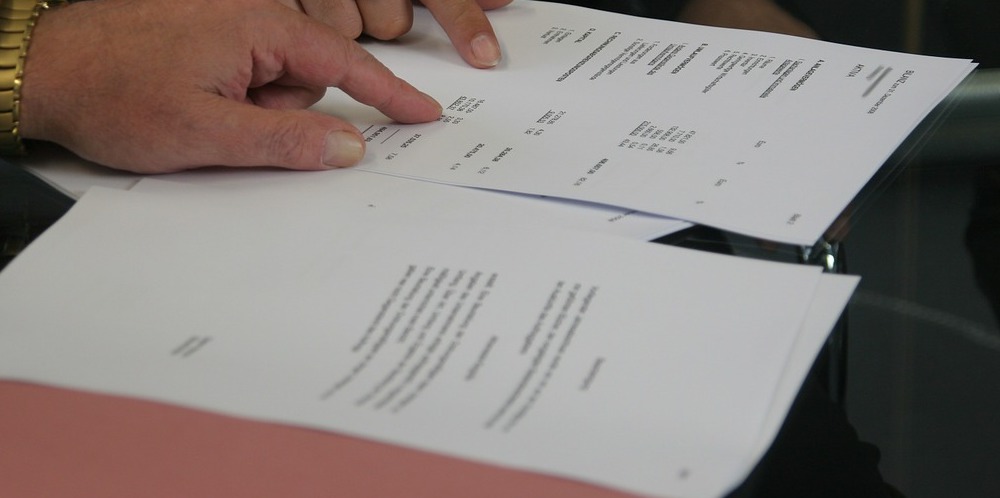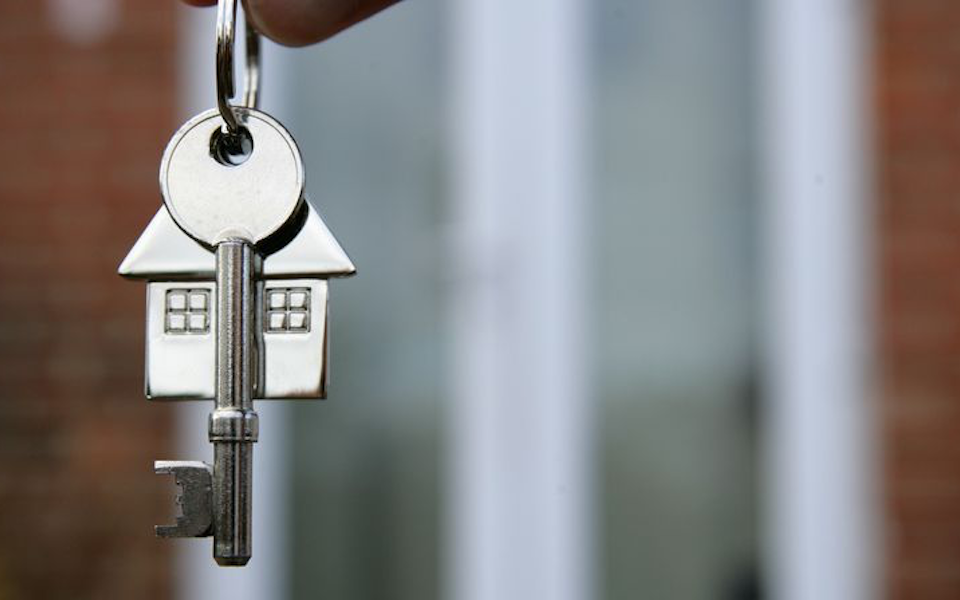
STEP NINE: EVALUATING OFFERS
07/27/2017
STEP EIGHT: HANDLING BUYERS
07/28/2017 STEP SEVEN: DECIDING ON THE RIGHT HOME FOR YOU
STEP SEVEN: DECIDING ON THE RIGHT HOME FOR YOU
Choosing a home to purchase is the critical phase of your search – make sure the house is right for you before deciding to buy. Consider your wish list, the location, and the price when making your final decision.
- Consider the Neighborhood
You’ve already researched the community (we hope!) in general terms – now it’s time to take one last look at the neighborhood to make sure it’s the right place for your family. Consider your route to work, the local shopping – anything that affects your lifestyle and daily routine. - Check the Details
Make sure the house is right for your family and lifestyle. Will your furniture work out? Is the yard big enough? Does the layout work well for your family’s routine? Check through your wish list and notes to make sure you’re not forgetting anything. - Research Multi-Family Units
There are some specific concerns involving multi-family housing. If you’re seriously considering this type of home make sure that you do the research so you know what you’re getting. Review our Multi-Family Housing Checklist if you are planning to buy a condo or townhouse.
Multi-Family Housing Checklist
It’s important to consider all of the issues that pertain to multi-family housing before deciding to purchase this type of unit. Review the items on this checklist so you don’t miss anything.
- Take a close look at the community
Is the housing density too high? Are the buildings attractive? Will you have enough privacy? Check out the parking situation – are there garages? Is parking reserved or otherwise restricted? - Review the project amenities
Most multi-family projects offer community amenities, including open space, playgrounds, tennis courts, swimming pools, gyms, and golf courses. Find out whether you will be able to use the facilities as a resident or if you will need to join a separate organization (and pay an additional fee). - Check out the maintenance arrangements
Because multi-family homes are interconnected, maintenance is generally handled by the homeowner’s association. Find out which items are your responsibilities and which are handled by the association. Are the landscaping and building exteriors well maintained or do they appear to be neglected? - Check out the maintenance reserves
The homeowners’ association should maintain cash reserves to replace and repair building systems (painting, roof replacement, etc.) on a reasonable schedule. Inquire about these reserves. Do the amounts seem adequate? Is the work schedule reasonable or is it overly optimistic? - Review the rules and regulations
Multi-family communities generally have rules and regulations to protect the interests of all residents. There are often rules covering parking, pets, rentals, and renovations or improvements to units. Make sure that the rules do not interfere with your use and enjoyment of the property. - Check the monthly maintenance fee
The costs of maintaining public spaces and amenities are paid by a monthly fee assessed to each property owner. These fees are mandatory and non-payment can result in the establishment of a lien against the property for the amount due, plus interest. Check to make sure the fee is reasonable. If the community has been complete for several years, check to see if the fee has been increasing unreasonably. - Watch out for runaway boards
The homeowners’ association is run by a board consisting of community residents. While it stands to reason that they would act in the best interests of the community, the sad truth is that many of these board members begin to act as petty dictators, imposing their will on their hapless neighbors. If a community seems to have a runaway association board you may want to consider looking elsewhere. - Is the homeowners’ association protected?
Check to make sure that the homeowner’s association is not subject to any pending litigation. Legal troubles can result from a number of sources — contractors injured while working on the site, disgruntled residents, etc. Make sure that the association carries sufficient insurance — at least $2-5 million. - What are you allowed to do to your unit?
Check to see what changes you are allowed to make to your unit. Typically, owners are allowed to make non-structural internal changes but must obtain approval for any other work. This is not universal, however, so it makes sense to find out exactly where you stand. - Don’t Buy if You’re Not Sure
Don’t buy a home out of frustration or impatience – this is a major investment and it should be treated as such. If the market is strong or your standards prove to be unreasonable you may need to revise your expectations before continuing the search. - Be Wary of Overheated Markets
Think carefully before getting into a bidding war or buying a home with a hyper-inflated price. Extreme sellers’ markets can develop when national and local economic conditions are exceptionally strong. During these periods prices can rise dramatically and buyers can be pressured into taking aggressive — and often irresponsible — actions. Be careful, however, as these strong periods are inevitably followed by severe corrections. Homeowners buying at peak periods often find themselves with substantial paper losses — a condition that can take years of normal appreciation to correct.





